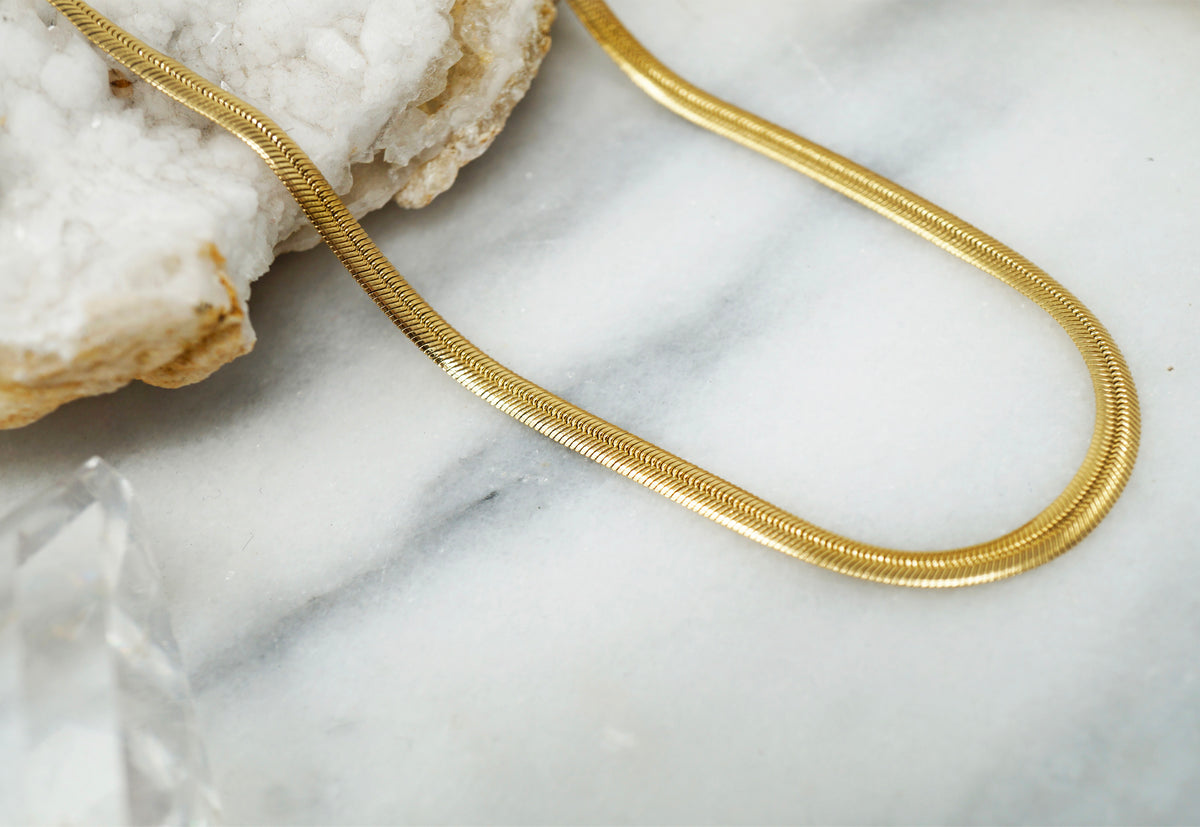

Articles
How To Store Herringbone Necklace
Modified: January 20, 2024
Discover the best articles on how to store and care for your herringbone necklace. Learn expert tips and tricks to keep your jewelry looking its best for years to come.
(Many of the links in this article redirect to a specific reviewed product. Your purchase of these products through affiliate links helps to generate commission for Storables.com, at no extra cost. Learn more)
Introduction
A herringbone necklace is a stunning piece of jewelry that adds elegance and sophistication to any outfit. Its unique design, characterized by V-shaped links, creates a captivating visual pattern that is both timeless and trendy. However, storing herringbone necklaces can be a challenge due to their delicate nature and tendency to tangle or kink. To preserve the beauty and longevity of your herringbone necklace, it is essential to store it properly.
In this article, we will explore the factors to consider when storing herringbone necklaces and provide you with practical tips and suggestions. From cleaning and maintenance to organizing and selecting the right storage options, we have got you covered. Let’s dive in!
Key Takeaways:
- Proper storage and maintenance are crucial for preserving the beauty and longevity of herringbone necklaces. Consider factors like chain length and material, and use suitable materials and supplies for safe storage.
- Organize and store herringbone necklaces with care to prevent tangling and damage. Utilize soft fabric pouches, jewelry boxes, or wall-mounted hooks, and regularly inspect, clean, and dry the necklaces for optimal condition.
Read more: How To Store Necklaces
Factors to Consider When Storing Herringbone Necklaces
When it comes to storing herringbone necklaces, several factors should be taken into consideration to ensure their safety and prevent any damage or tangling. Here are a few important factors to keep in mind:
- Chain Length: The length of your herringbone necklace plays a significant role in determining the storage options. Longer necklaces may require more space, while shorter ones can be kept in compact storage solutions.
- Chain Thickness: Herringbone necklaces come in various thicknesses. Heavier or thicker chains may require sturdier storage options to support their weight and prevent warping.
- Material: Herringbone necklaces can be made from different materials, such as gold, silver, or even synthetic materials. Each material may require different storage techniques to prevent tarnishing or scratching.
By considering these factors, you can choose the best storage options and techniques that suit your herringbone necklace.
Key Takeaways:
- Proper storage and maintenance are crucial for preserving the beauty and longevity of herringbone necklaces. Consider factors like chain length and material, and use suitable materials and supplies for safe storage.
- Organize and store herringbone necklaces with care to prevent tangling and damage. Utilize soft fabric pouches, jewelry boxes, or wall-mounted hooks, and regularly inspect, clean, and dry the necklaces for optimal condition.
Read more: How To Store Necklaces
Factors to Consider When Storing Herringbone Necklaces
When it comes to storing herringbone necklaces, there are a few important factors to consider. These factors will help ensure the safety and longevity of your necklace, keeping it in pristine condition for years to come.
The first factor to consider is the chain length. Herringbone necklaces come in various lengths, from shorter choker-style necklaces to longer opera-length necklaces. The chain length will determine the amount of space required for storage. Longer necklaces will need more space to prevent them from tangling or kinking, while shorter necklaces can be stored in more compact options.
Another crucial factor is the thickness of the chain. Herringbone necklaces come in different thicknesses, ranging from delicate and dainty to bold and chunky. Thicker chains may require sturdier storage options to support their weight and prevent any warping or damage. It is important to choose a storage solution that provides adequate support for your specific necklace.
The material of the herringbone necklace also plays a role in determining the storage requirements. Most herringbone necklaces are made of precious metals like gold or silver, but they can also be crafted from alternative materials like stainless steel or even synthetic materials. It is essential to choose a storage option that is suitable for the specific material of your necklace. Some metals may tarnish easily, requiring airtight storage containers or anti-tarnish bags to prevent oxidation. On the other hand, synthetic materials may be more durable and less prone to tarnishing, allowing for more flexible storage options.
In addition to these factors, it is important to consider the overall fragility of the herringbone necklace. The intricate V-shaped links can be quite delicate and prone to tangling or kinking. To minimize the risk of damage, it is advisable to choose a storage option that allows the necklace to lay flat or hang freely, avoiding any sharp bends or twists.
By considering these factors, you can make an informed decision about the best storage options for your herringbone necklace. Taking the time to store your necklace properly will ensure its longevity and preserve its beauty for years to come.
Proper Cleaning and Maintenance of Herringbone NecklacesTo keep your herringbone necklace looking its best, regular cleaning and maintenance are essential. Here are some tips to help you properly clean and care for your necklace:
1. Gentle Cleaning: To clean a herringbone necklace, start by filling a bowl with warm water and a mild detergent or jewelry cleaner. Submerge the necklace in the solution and gently swirl it around to remove dirt and debris. Avoid using harsh chemicals or abrasive cleaners as they can damage the delicate links of the necklace.
2. Soft Brush: If your herringbone necklace requires additional cleaning, you can use a soft-bristled toothbrush or a jewelry cleaning brush to gently scrub the links. Be careful not to apply too much pressure as this can bend or distort the links. Focus on areas that may have accumulated dirt or grime, such as the clasp or the back of the necklace.
3. Rinse and Dry: After cleaning, rinse the necklace thoroughly under running water to remove any soap residue. Use a soft, lint-free cloth to pat the necklace dry, making sure to dry the links and clasp thoroughly. Avoid using a harsh towel or paper towel as they can scratch the surface of the necklace.
4. Avoid Excessive Moisture: Herringbone necklaces should be kept away from excessive moisture to prevent tarnishing or discoloration. Avoid wearing the necklace while swimming, showering, or engaging in activities that may expose it to prolonged humidity.
5. Regular Inspections: It is important to regularly inspect your herringbone necklace for any signs of damage or wear. Check for loose or missing links, broken clasps, or any other issues that may compromise the necklace’s integrity. If you notice any problems, it is best to have them repaired by a professional jeweler to prevent further damage.
6. Proper Storage: When not wearing your herringbone necklace, store it in a clean, dry place to prevent tangling, scratching, or dust accumulation. Keep it separate from other jewelry to avoid any potential damage. Consider using individual pouches or jewelry boxes with compartments to keep each necklace organized and protected.
By following these cleaning and maintenance tips, you can keep your herringbone necklace in optimal condition and enjoy its beauty for years to come.
Store your herringbone necklace in a separate jewelry box or pouch to prevent tangling and damage. Avoid hanging it as it can cause kinks in the delicate chain.
Tips for Organizing and Storing Herringbone Necklaces
Proper organization and storage of herringbone necklaces are essential to prevent tangling, damage, and frustration. Here are some practical tips to help you keep your necklaces organized and easily accessible:
1. Individual Pouches: Consider using soft fabric pouches or small zip-top bags to store each herringbone necklace individually. This will help prevent tangles and minimize the risk of the chains getting knotted together. Label each pouch or bag with the name or description of the necklace to easily identify them.
2. Jewelry Boxes with Compartments: Invest in a jewelry box or organizer with compartments specifically designed for necklaces. Look for options with padded or velvet-lined compartments to protect the delicate chains from scratching or tangling. Make sure the compartments are wide enough to accommodate the length of your herringbone necklaces.
3. Necklace Stands or Hooks: Another great option for organizing herringbone necklaces is using necklace stands or hooks. These allow you to hang your necklaces individually, keeping them visible and easily accessible. Look for stands or hooks with a padded or velvet surface to avoid any potential damage to the necklace links.
4. Drawer Dividers: If you prefer to store your necklaces in a drawer, consider using drawer dividers to keep them separated and prevent tangling. You can find various dividers specifically designed for jewelry storage, or you can use DIY alternatives like small boxes or even cutlery organizers.
5. Travel Jewelry Case: When traveling, it’s important to have a secure and organized way to transport your herringbone necklaces. Invest in a travel jewelry case that has designated spaces or individual compartments for each necklace. Look for a case with a soft interior lining to prevent scratches and tangles during transit.
6. Wall-Mounted Jewelry Organizer: If you have limited drawer or counter space, consider a wall-mounted jewelry organizer. These typically feature hooks, pegs, or trays to hang or display your herringbone necklaces, saving space while keeping them organized and untangled.
7. Avoid Hanging with Other Necklaces: When hanging herringbone necklaces, it’s important to keep them separate from other necklaces or chains. The delicate nature of herringbone necklaces can cause them to tangle easily, especially when hanging among other chains.
8. Regularly Reorganize: From time to time, take a moment to reorganize your necklace storage. Untangle any chains if needed and check for any signs of damage or wear. This will ensure that your necklaces are well-maintained and ready to wear whenever you desire.
By implementing these tips, you can maintain a well-organized collection of herringbone necklaces and enjoy easy access without the frustration of tangled chains.
Read more: How To Store Pearl Necklace
Materials and Supplies for Safe Storage
When it comes to storing your herringbone necklaces safely, having the right materials and supplies is essential. These tools will help protect your necklaces from damage, tangling, and tarnishing. Here are some materials and supplies you should consider:
1. Soft Fabric Pouches: Soft fabric pouches are ideal for storing individual herringbone necklaces. Look for pouches made of suede or velvet material, as they provide a gentle and protective surface for your necklaces.
2. Zip-Top Bags: Small zip-top bags can be a cost-effective option for storing herringbone necklaces. Choose bags made of transparent plastic, as they allow you to easily see the contents and find the necklace you desire without having to open every bag.
3. Jewelry Boxes: Jewelry boxes with dedicated compartments are a classic option for storing herringbone necklaces. Look for boxes lined with soft fabric or velvet to prevent scratching. Some jewelry boxes also feature hooks or holders to keep necklaces from tangling.
4. Jewelry Organizers: Consider investing in jewelry organizers designed specifically for necklaces. These organizers often have multiple hooks or compartments that allow you to store necklaces separately, preventing tangling and damage. Look for organizers made of soft materials to avoid scratches.
5. Anti-Tarnish Strips or Bags: Tarnishing is a common issue with metal jewelry. To prevent this, consider using anti-tarnish strips or bags in your storage containers. These strips or bags absorb moisture and release anti-tarnish agents, keeping your herringbone necklaces looking their best.
6. Necklace Displays: If you prefer to keep your herringbone necklaces visible and easily accessible, consider using necklace displays. These displays typically feature hooks, stands, or racks, allowing you to hang your necklaces individually. Look for displays made of materials that won’t scratch or damage the necklace links.
7. Jewelry Cleaning Solutions: Having a suitable jewelry cleaner is important for maintaining the beauty of your herringbone necklaces. Look for cleaners specifically formulated for the type of metal your necklace is made of, such as gold or silver. Follow the instructions carefully to clean your necklaces without causing any damage.
8. Lint-Free Cloths: Lint-free cloths are great for gently wiping down your herringbone necklaces after each wear or before storing them. These cloths help remove oils, dirt, and sweat from the necklace, keeping it clean and preventing any potential damage or tarnishing.
By using these materials and supplies, you can ensure the safe and proper storage of your herringbone necklaces, protecting them from tangling, scratching, and tarnishing.
Different Storage Options for Herringbone Necklaces
When it comes to storing herringbone necklaces, there are various storage options to choose from. The right option for you will depend on your space, personal preference, and the number of necklaces you have. Here are some popular storage options to consider:
1. Jewelry Boxes: Jewelry boxes with compartments are a classic and versatile storage option for herringbone necklaces. Look for boxes with padded or velvet-lined compartments to protect the delicate links from scratching or tangling. Choose a jewelry box with enough compartments to accommodate your necklaces, and consider one with a built-in mirror for added convenience.
2. Hanging Jewelry Organizers: Hanging jewelry organizers are a practical option if you have limited drawer or counter space. These organizers usually have multiple loops or hooks for hanging individual necklaces. Look for a hanging organizer with a transparent front, so you can easily see and access your necklaces without removing them from the loops.
3. Jewelry Stands or Towers: Jewelry stands or towers are a stylish and functional way to store herringbone necklaces. These freestanding displays often have multiple tiers or arms where you can hang your necklaces individually. Choose a stand or tower made of durable material, such as metal or wood, to ensure stability.
4. Drawer Dividers: If you prefer to keep your necklaces tucked away in a drawer, using drawer dividers can help keep them organized and prevent tangling. Look for dividers specifically designed for jewelry storage or repurpose small boxes or trays to create your own compartments.
5. Wall-Mounted Hooks or Racks: If you want to display your herringbone necklaces as part of your decor, wall-mounted hooks or racks are a great option. Install hooks or racks in a desired location and hang each necklace individually. Choose hooks or racks with a soft or padded surface to protect the delicate links.
6. Travel Jewelry Cases: When traveling with your herringbone necklaces, it’s essential to have a secure and compact storage solution. Look for travel jewelry cases specifically designed for necklaces, with individual compartments or pouches to keep each necklace separate. Consider one with a zippered closure for added security.
7. Drawer Liners: To protect your herringbone necklaces from scratches and tarnishing, consider using drawer liners made of soft fabric or felt. Line the bottom of your jewelry drawer with these liners to create a gentle surface for your necklaces and prevent any potential damage.
Remember to choose a storage option that allows your herringbone necklaces to lay flat or hang freely to minimize tangling or kinking. Consider your space, personal style, and the number of necklaces you have to select the best storage option for you.
By utilizing these different storage options, you can keep your herringbone necklaces organized, easily accessible, and well-protected, preserving their beauty for years to come.
Conclusion
Storing herringbone necklaces properly is crucial to maintain their beauty and prevent damage. By considering factors such as chain length, thickness, and material, you can choose the best storage options that suit your specific necklace. Gentle cleaning, regular inspections, and avoiding excessive moisture are key to maintaining herringbone necklaces’ longevity.
Using soft fabric pouches, zip-top bags, jewelry boxes with compartments, or necklace stands can help keep your necklaces organized and prevent tangling. Additionally, drawer dividers, wall-mounted organizers, and travel jewelry cases are practical solutions for storage and transportation.
Make sure to select materials and supplies that provide adequate protection, such as anti-tarnish strips, lint-free cloths, and suitable cleaning solutions. Regularly inspecting, cleaning, and drying your necklaces will help keep them in optimal condition.
With various storage options available, you have the flexibility to choose what works best for your space and personal preferences. Whether it’s a jewelry box, drawer dividers, wall-mounted hooks, or a travel case, the key is to ensure that each herringbone necklace is stored separately and protected from tangling and scratching.
In conclusion, proper storage and maintenance are essential for preserving the beauty and integrity of your herringbone necklaces. By implementing the tips and techniques outlined in this article, you can keep your necklaces organized, accessible, and in pristine condition for years to come. Remember to consider the factors that affect storage, use suitable materials and supplies, and select the most suitable storage option for your needs. With care and attention, your herringbone necklaces will continue to dazzle and enhance your style for many occasions to come.
Frequently Asked Questions about How To Store Herringbone Necklace
Was this page helpful?
At Storables.com, we guarantee accurate and reliable information. Our content, validated by Expert Board Contributors, is crafted following stringent Editorial Policies. We're committed to providing you with well-researched, expert-backed insights for all your informational needs.
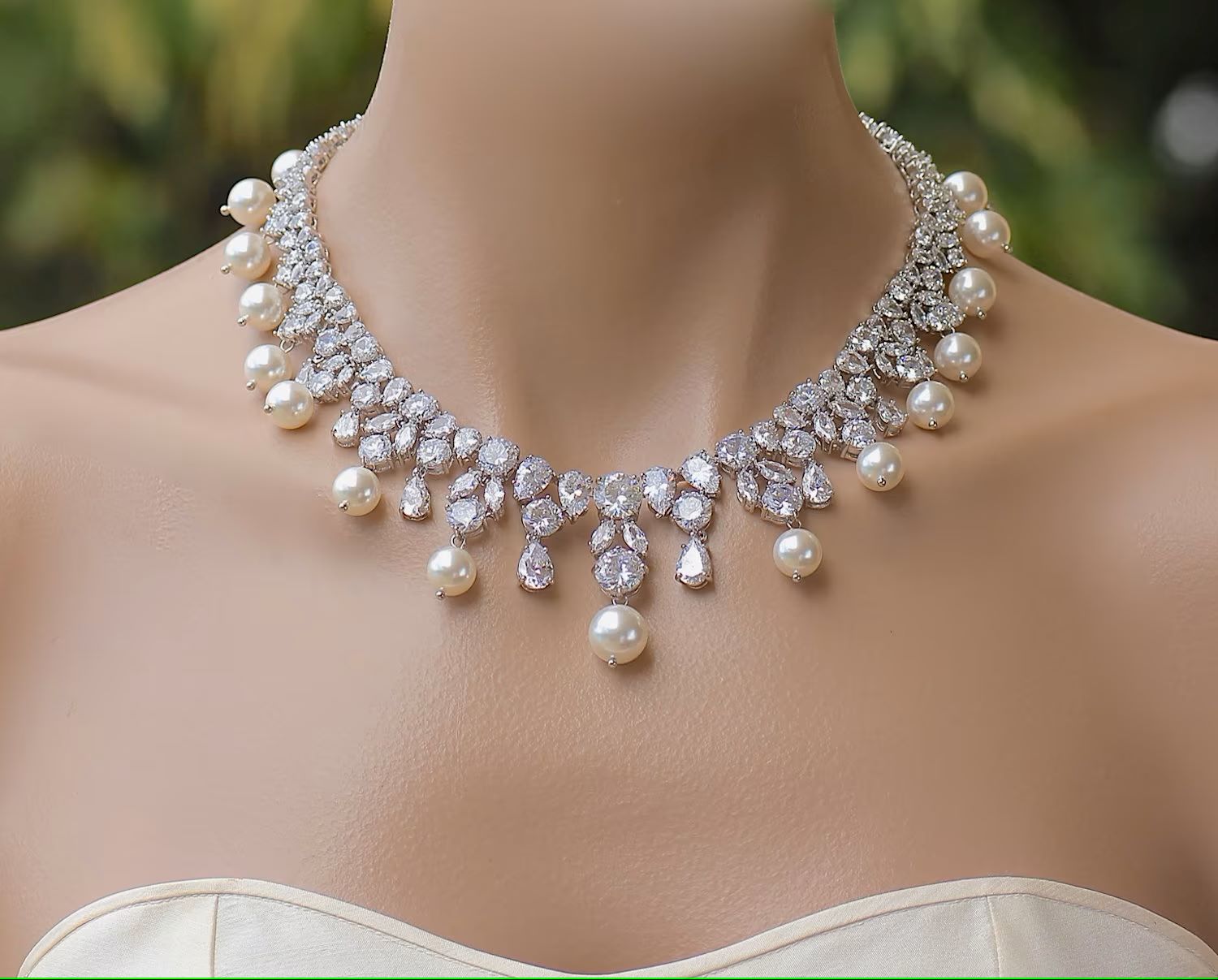
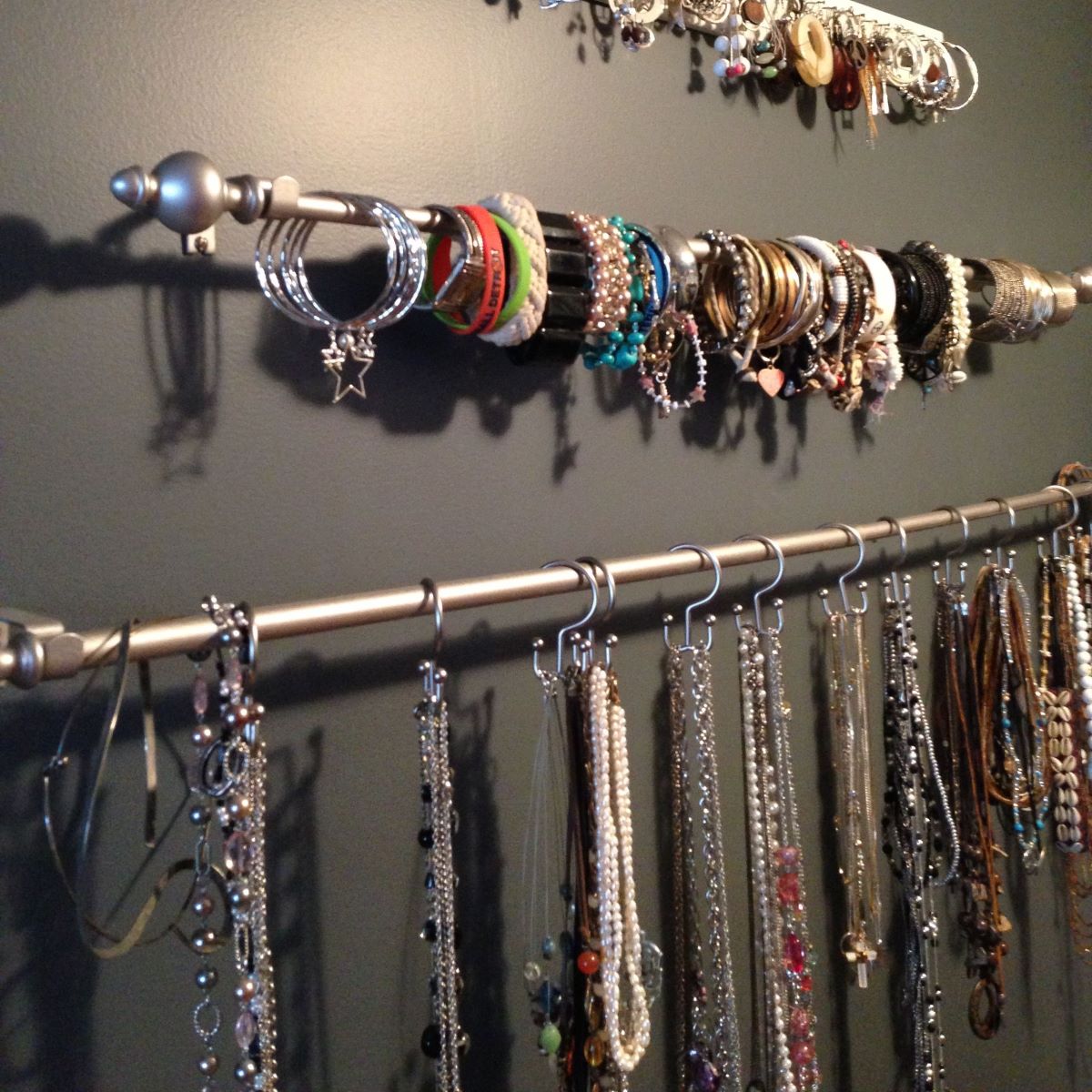
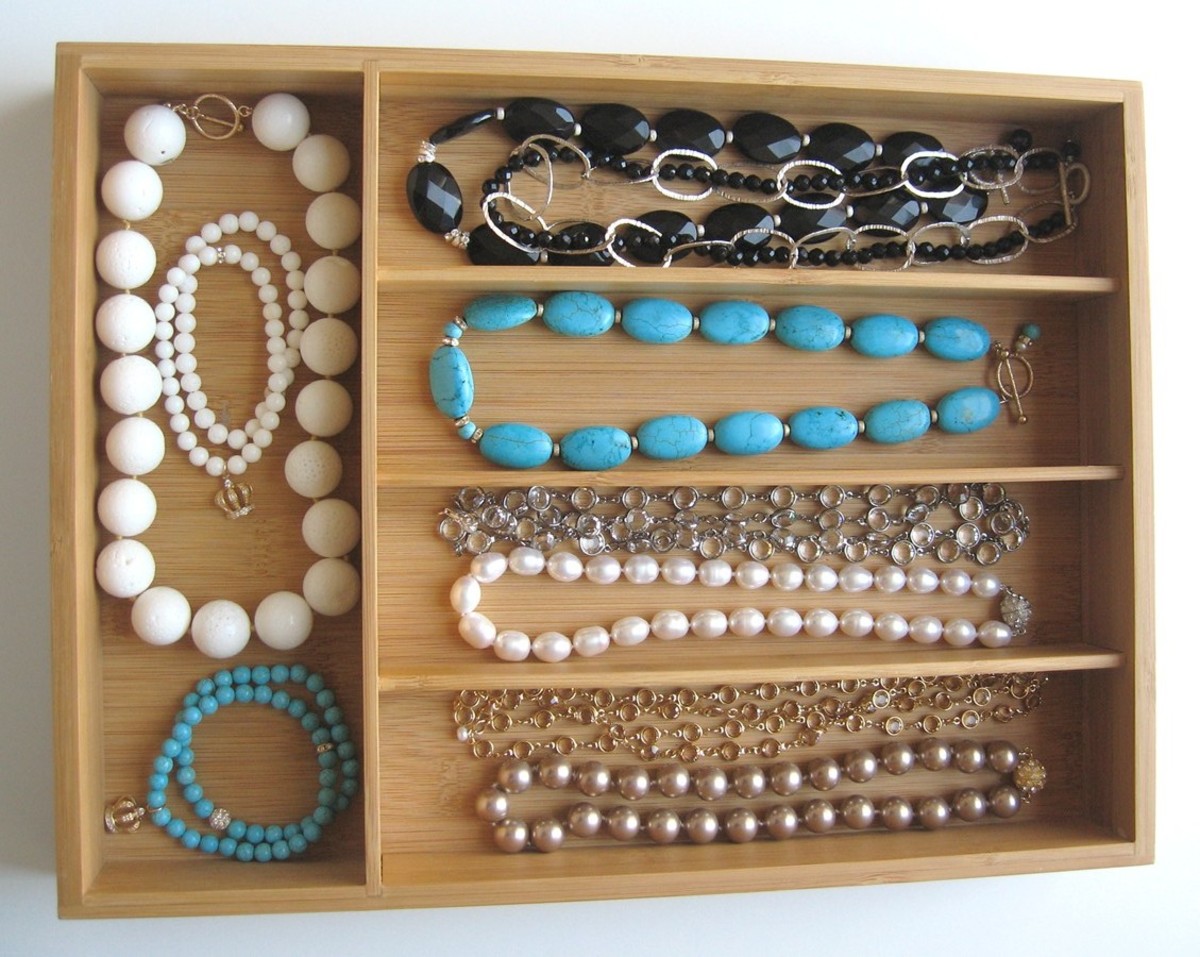
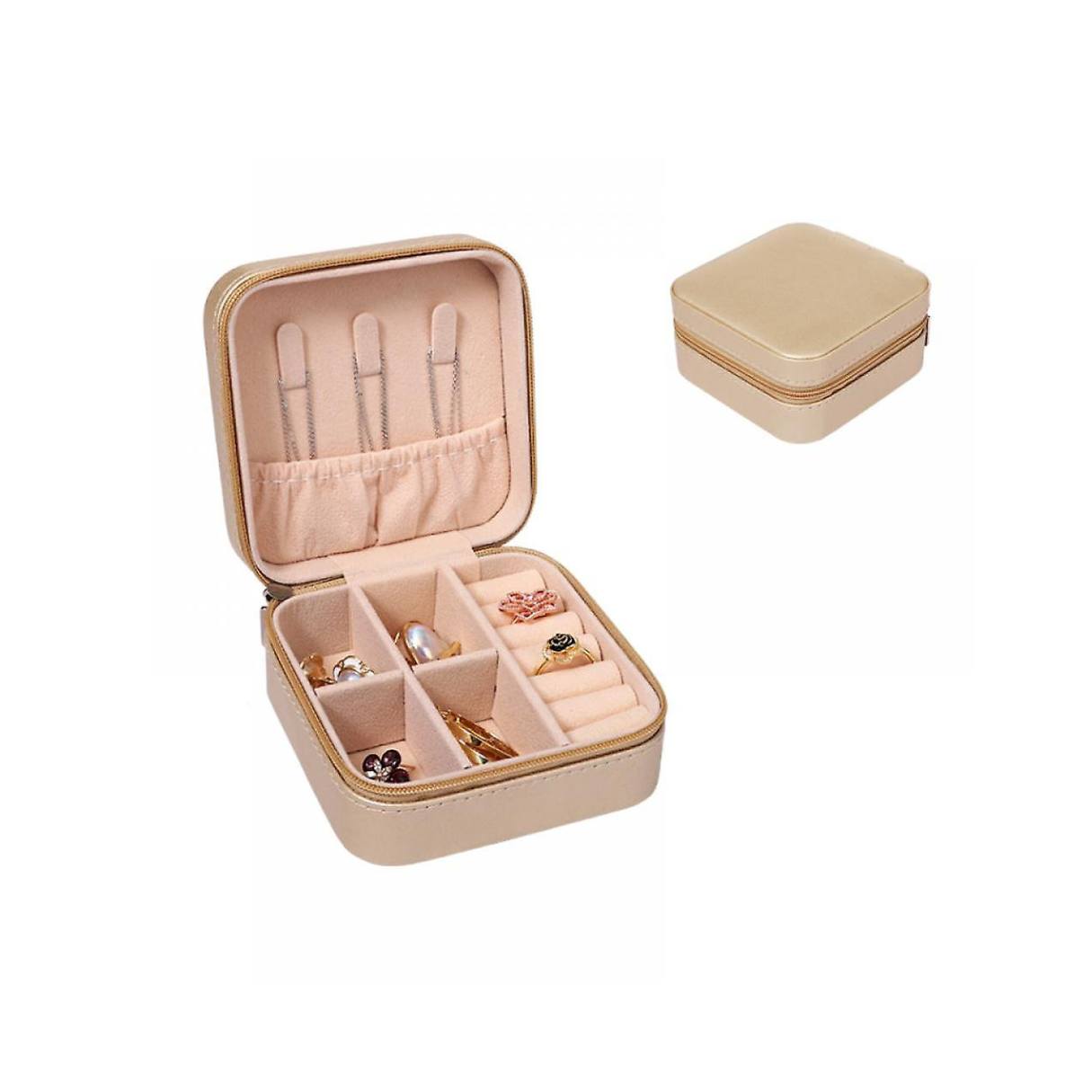
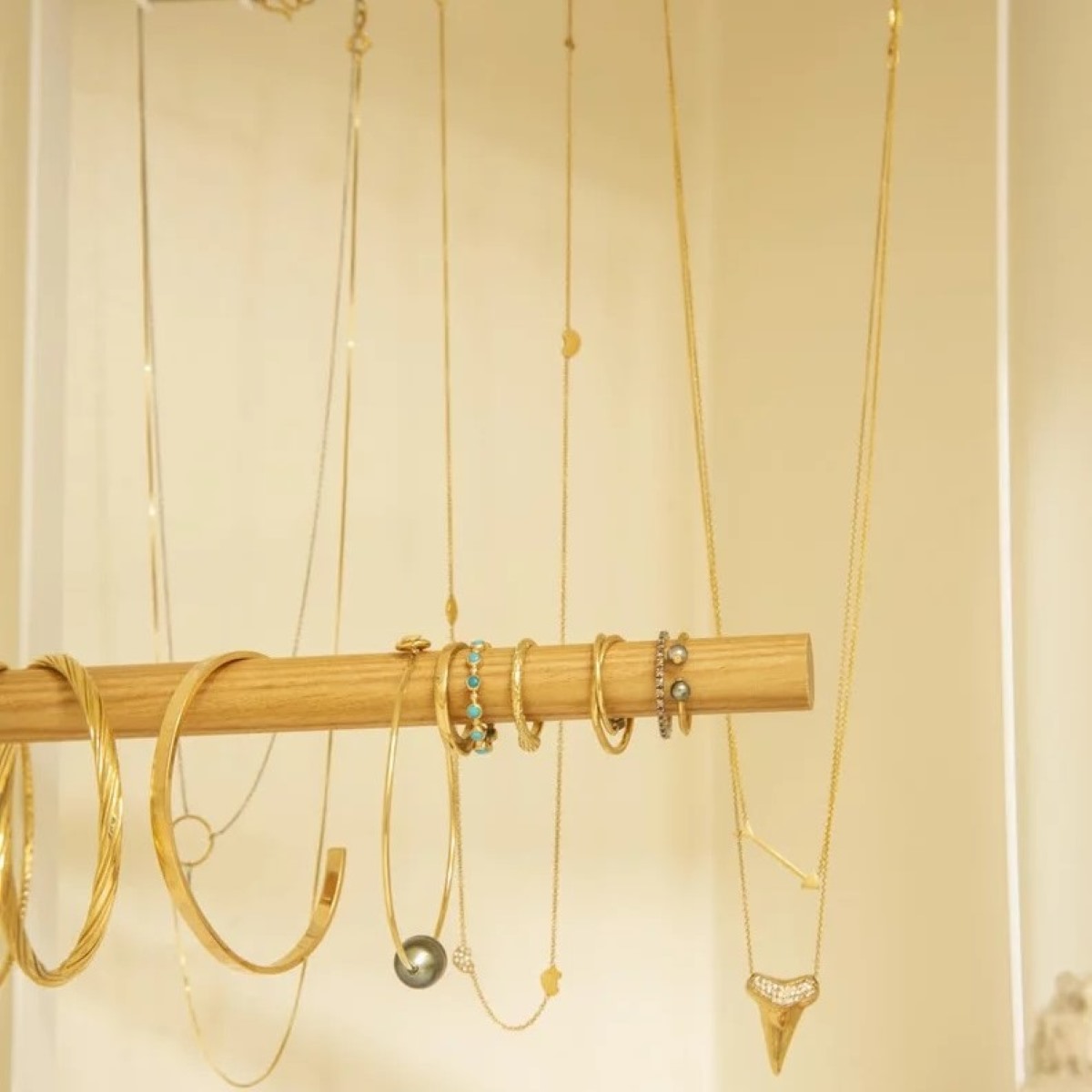
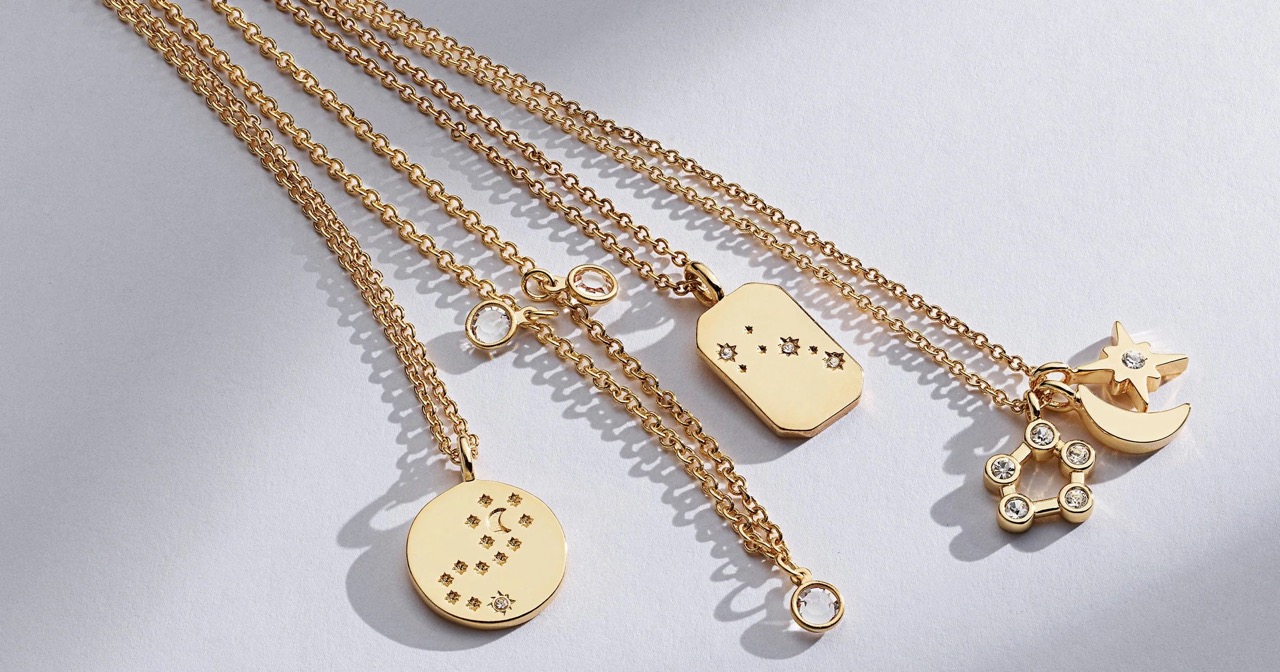

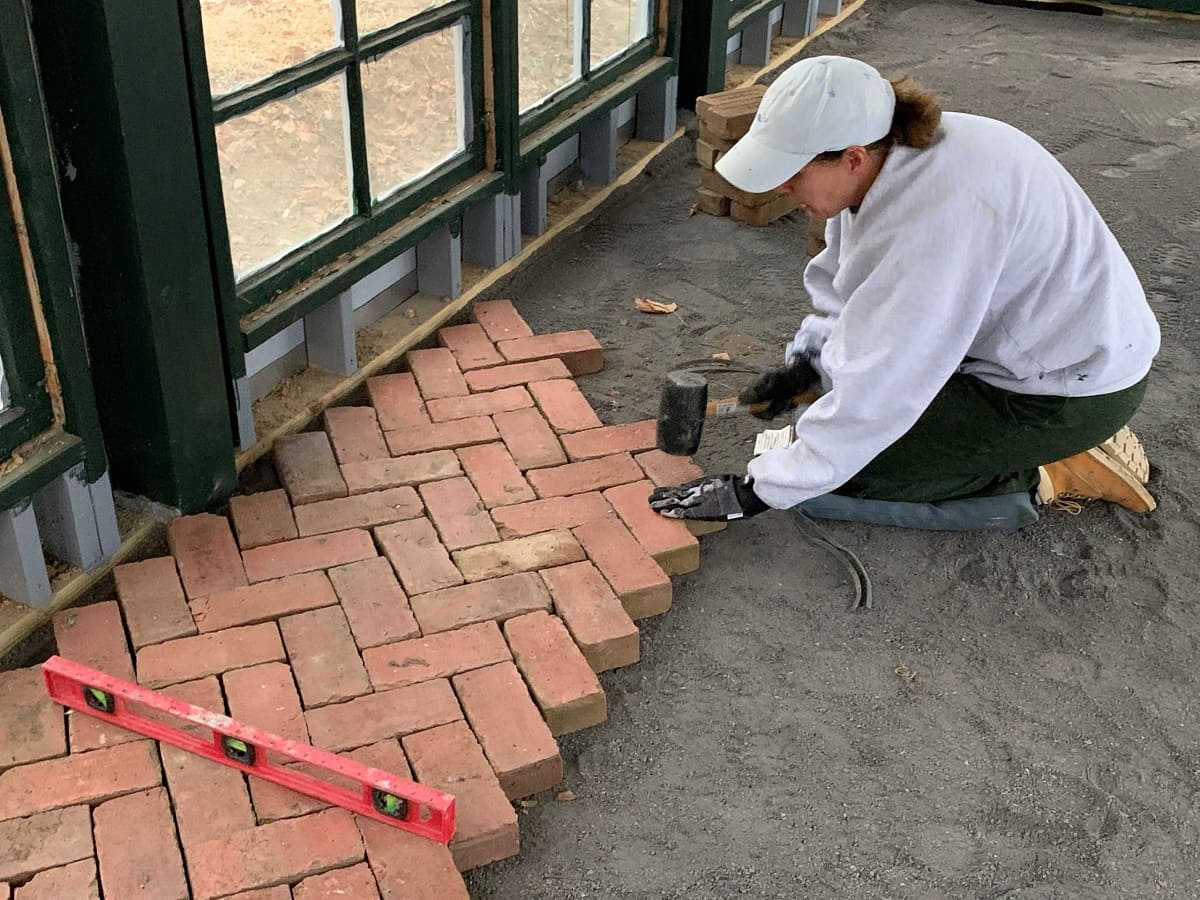
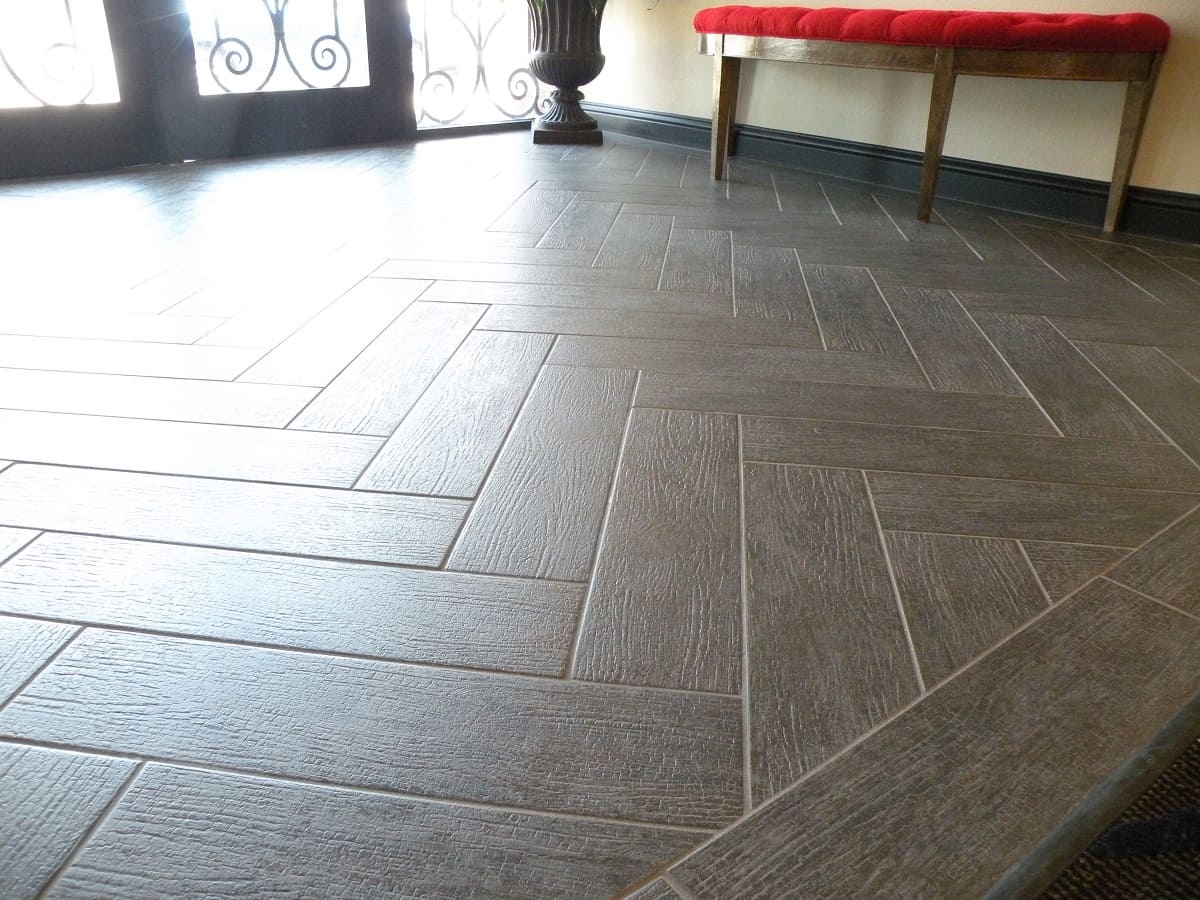

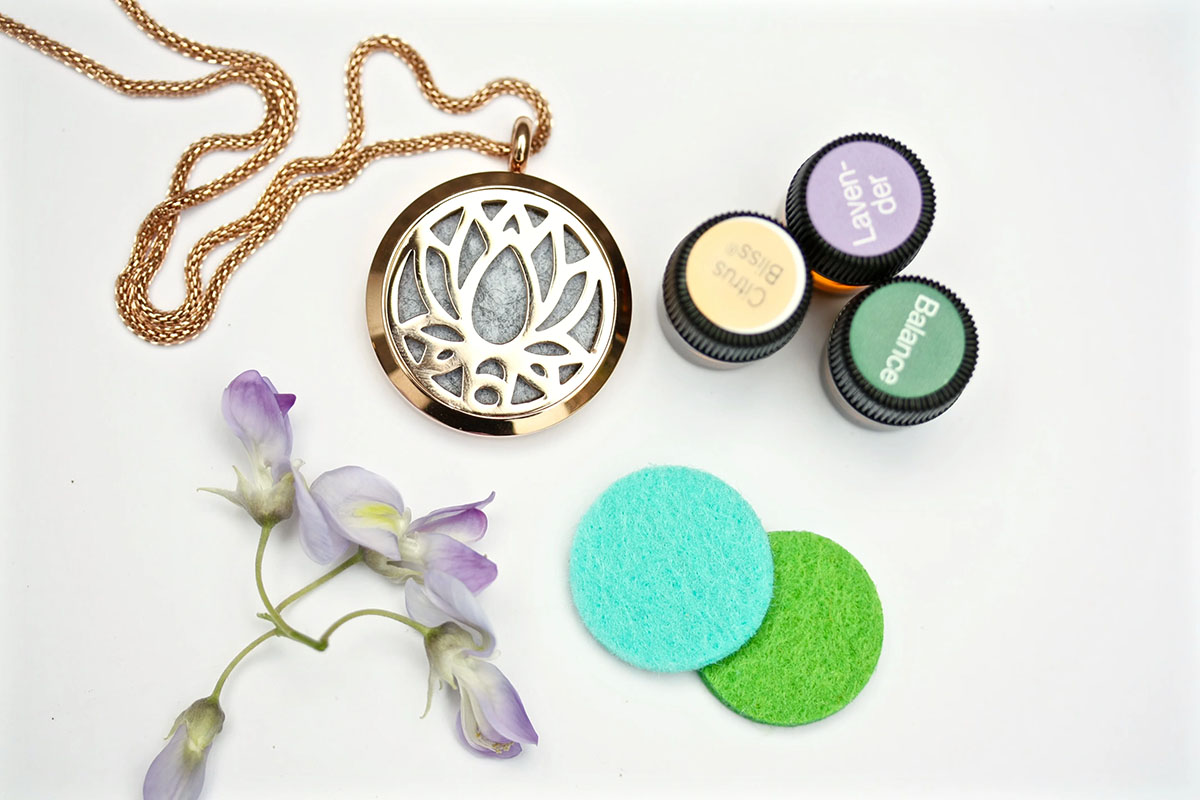

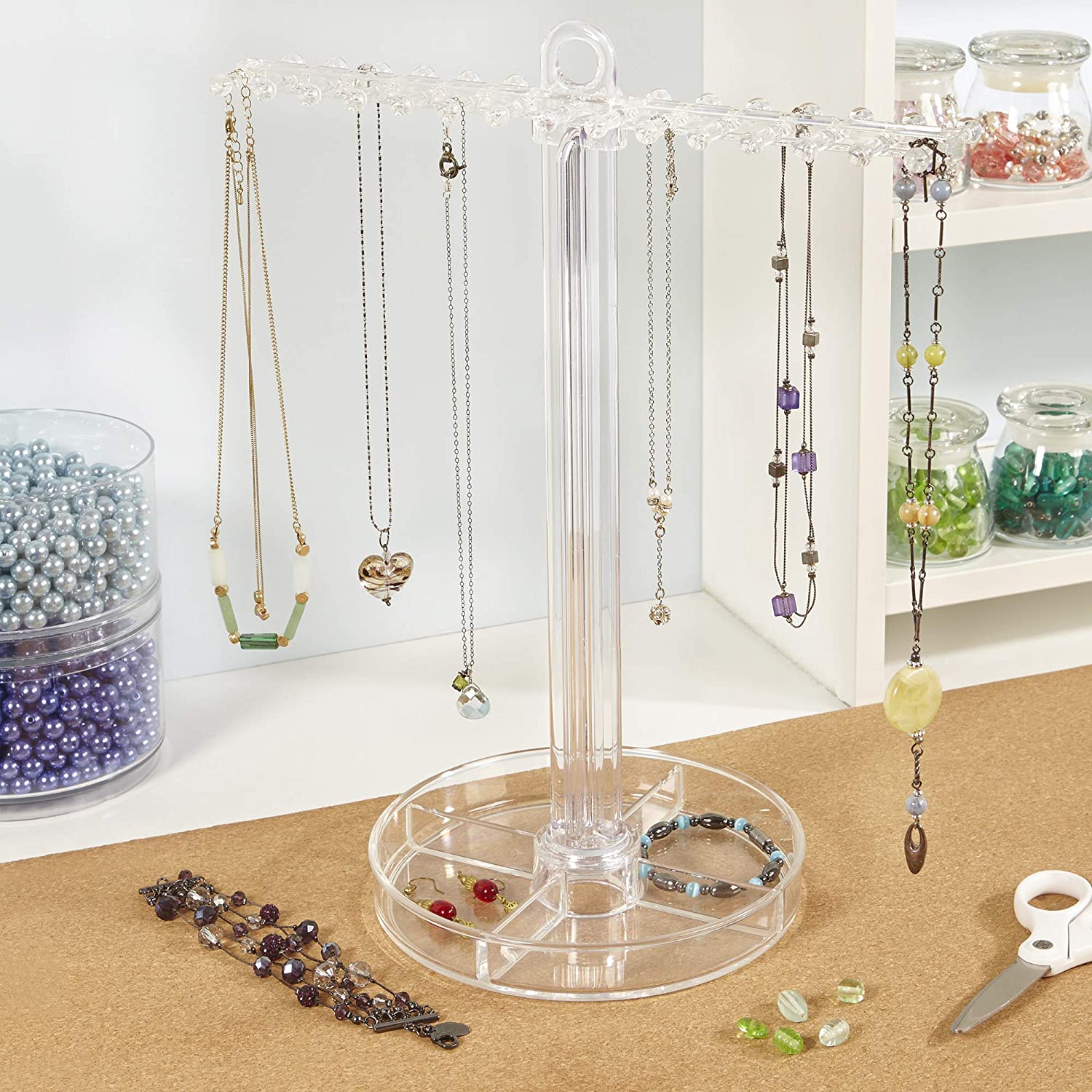
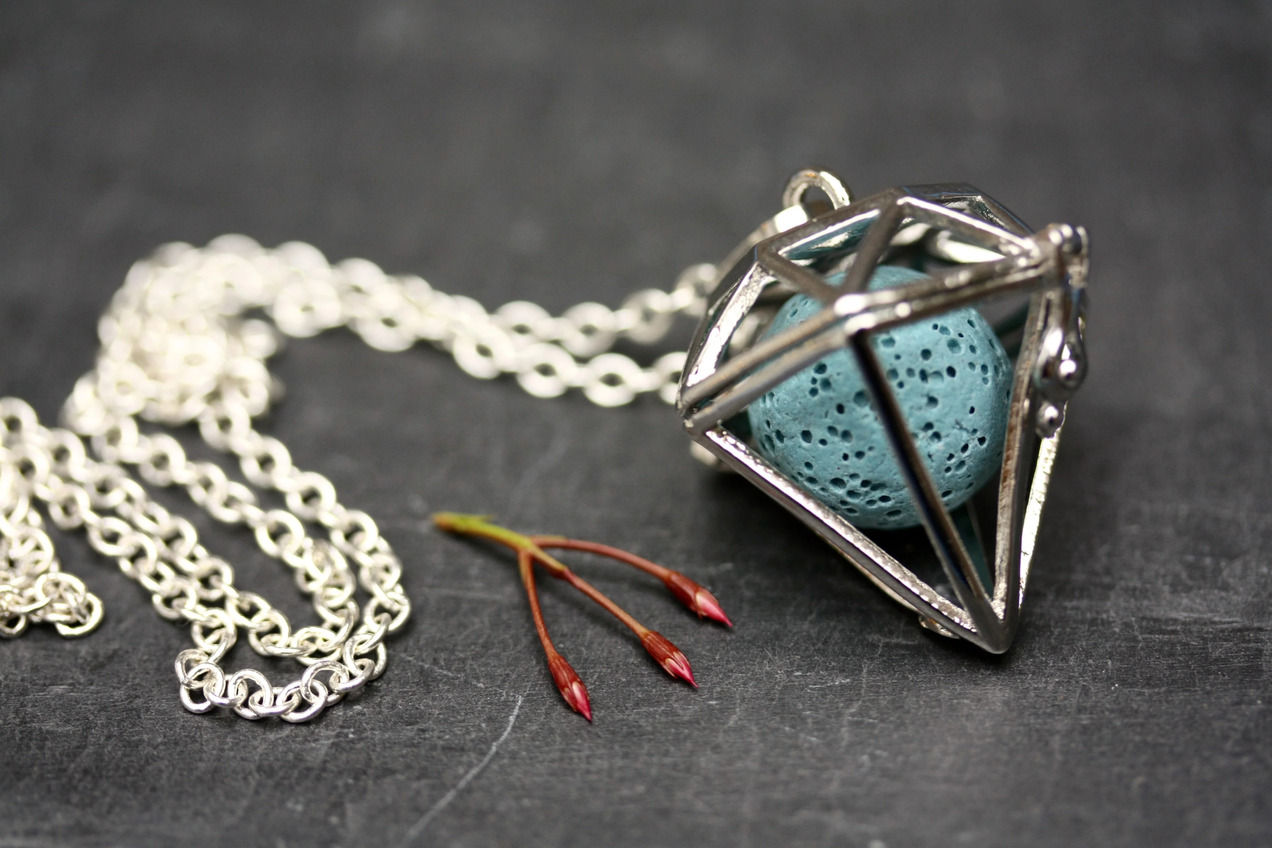

0 thoughts on “How To Store Herringbone Necklace”